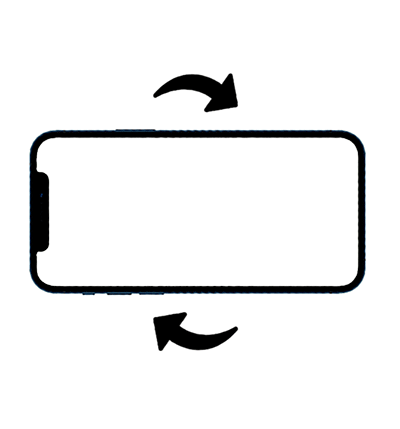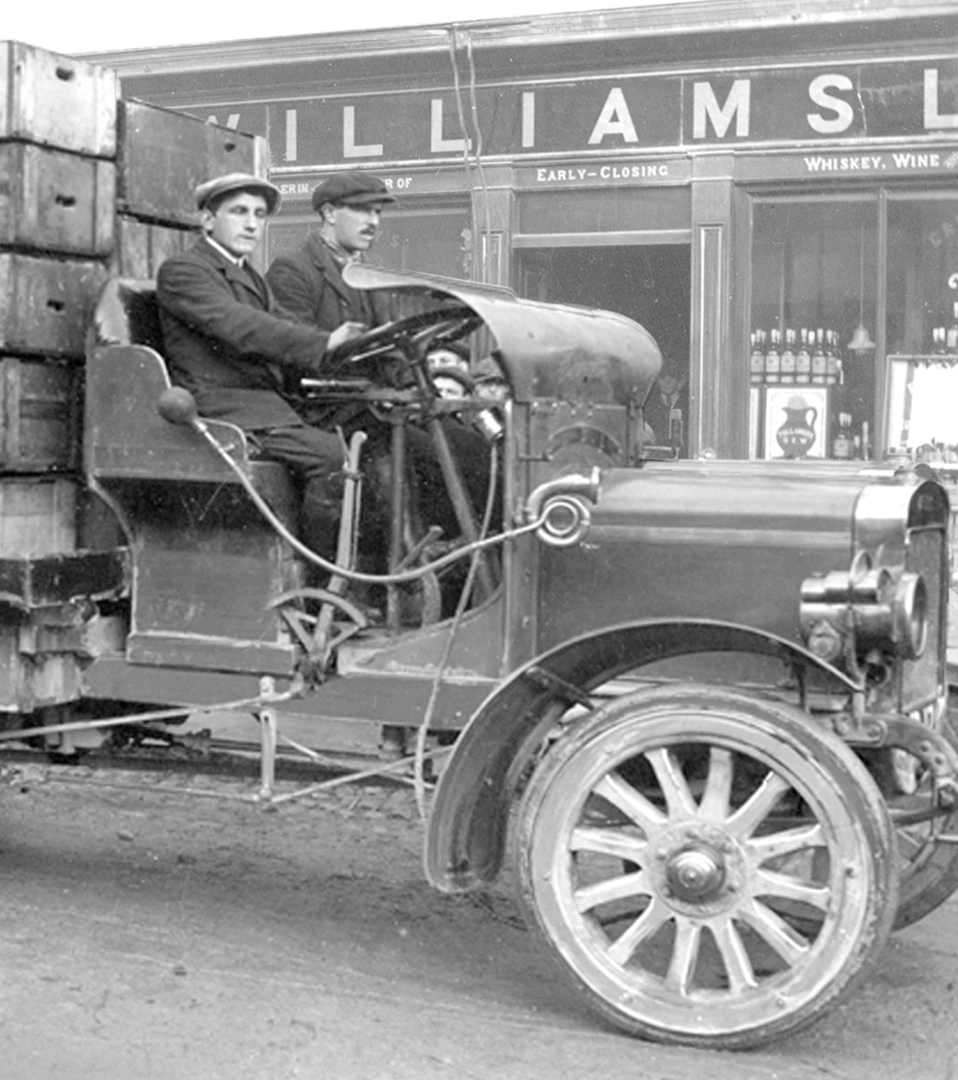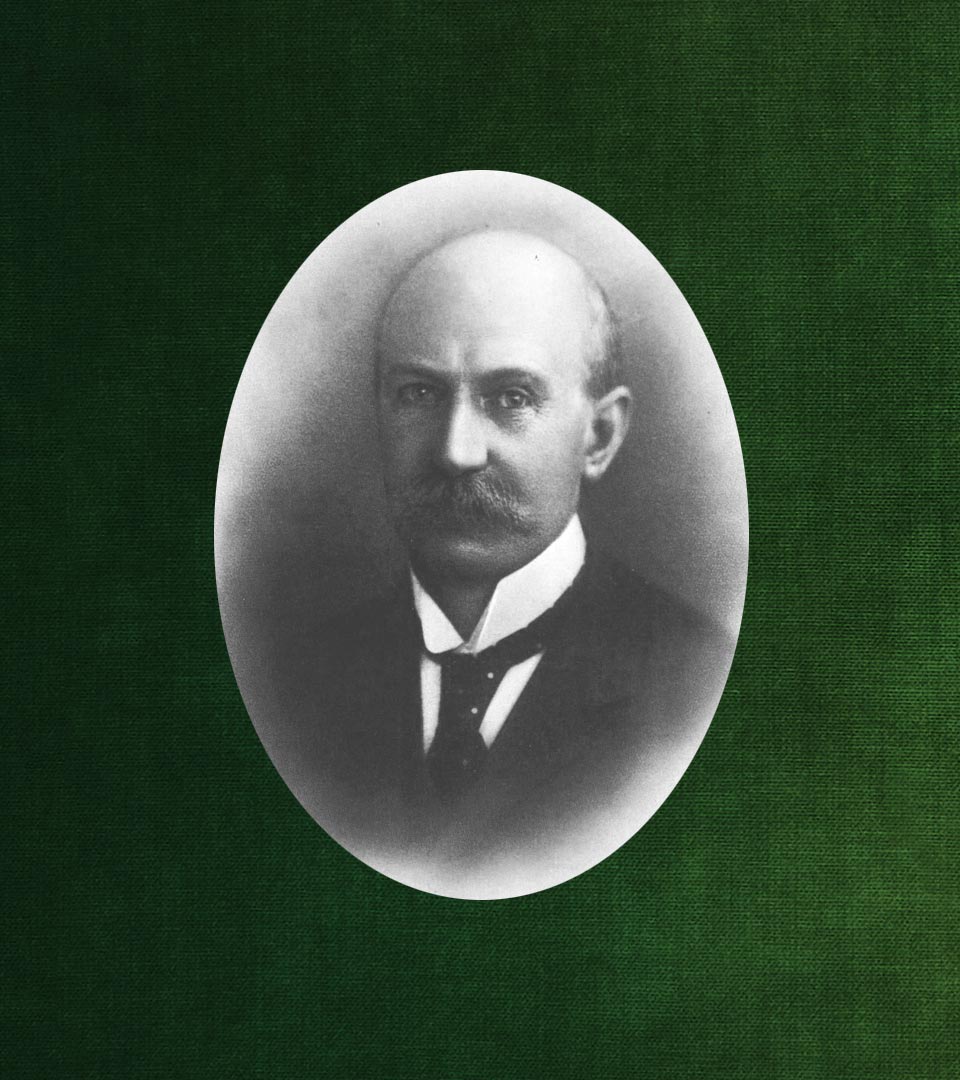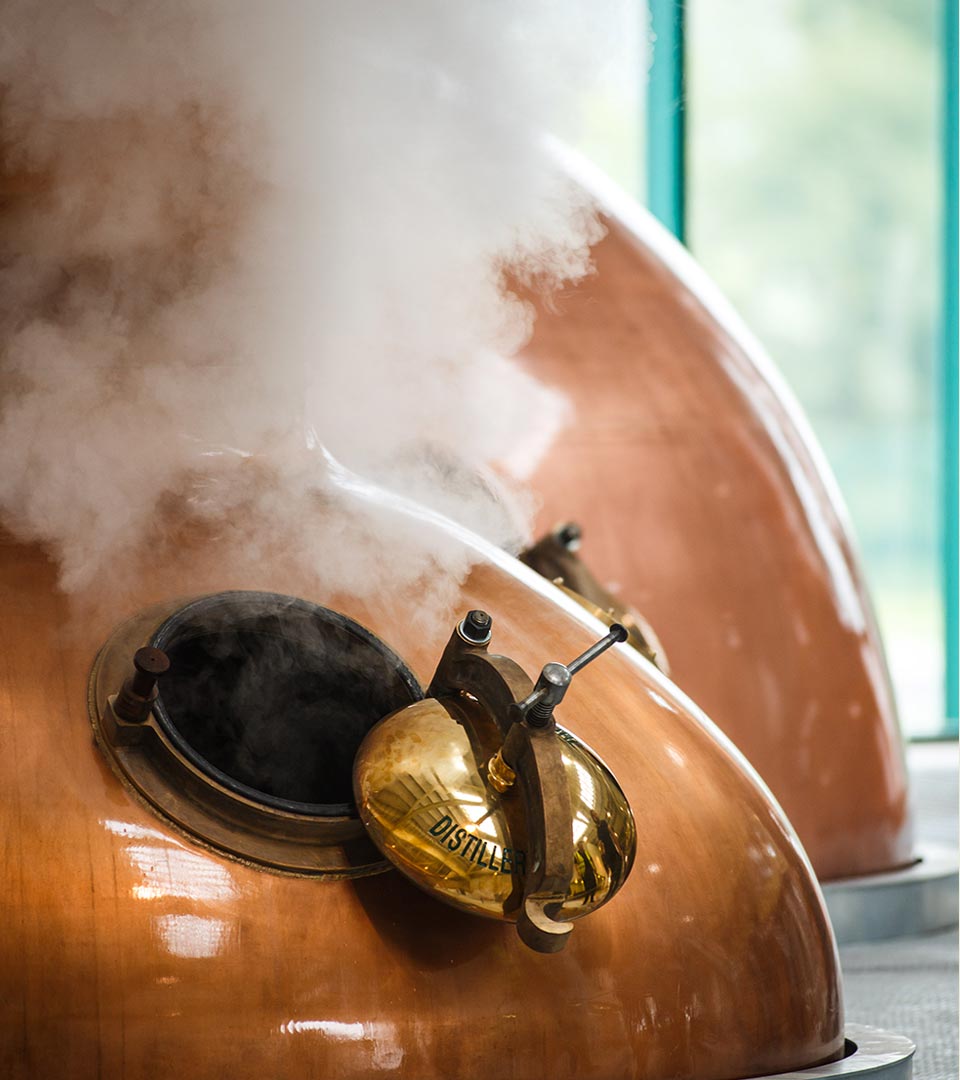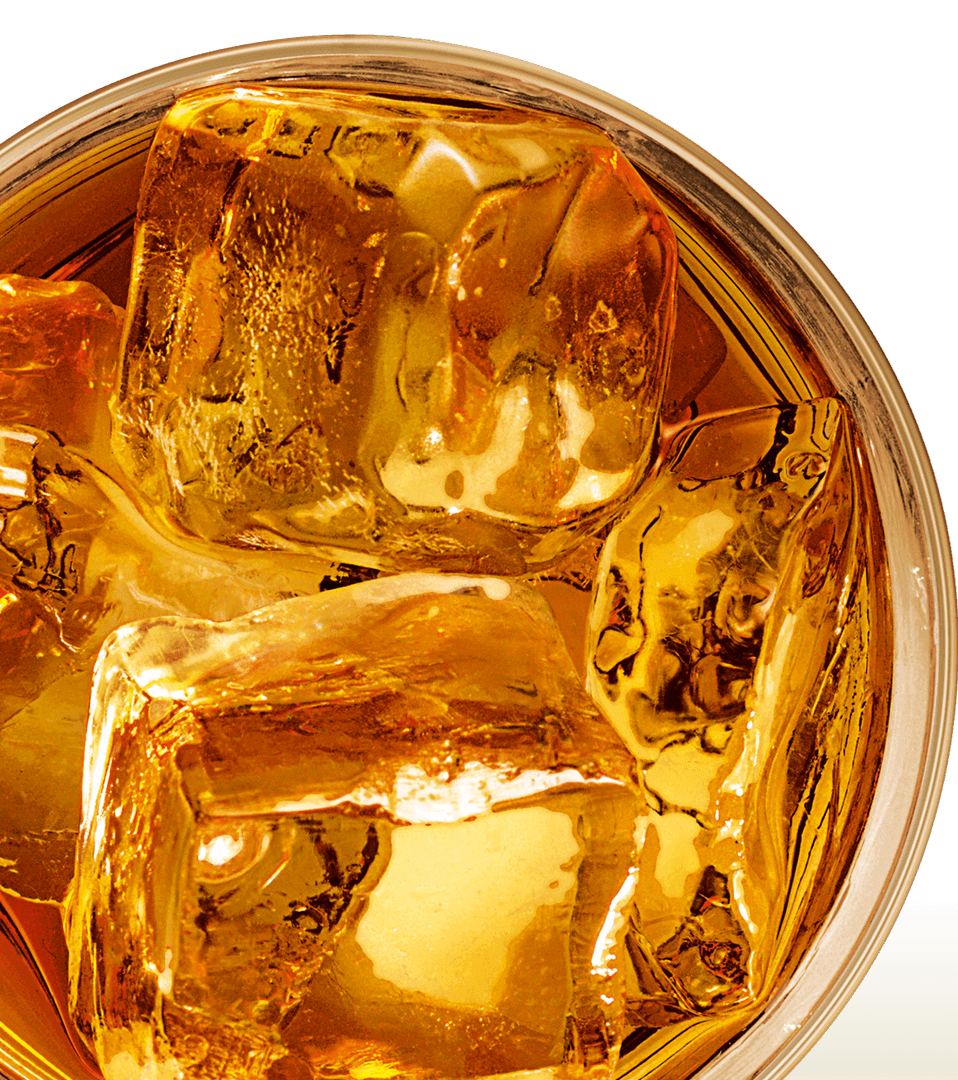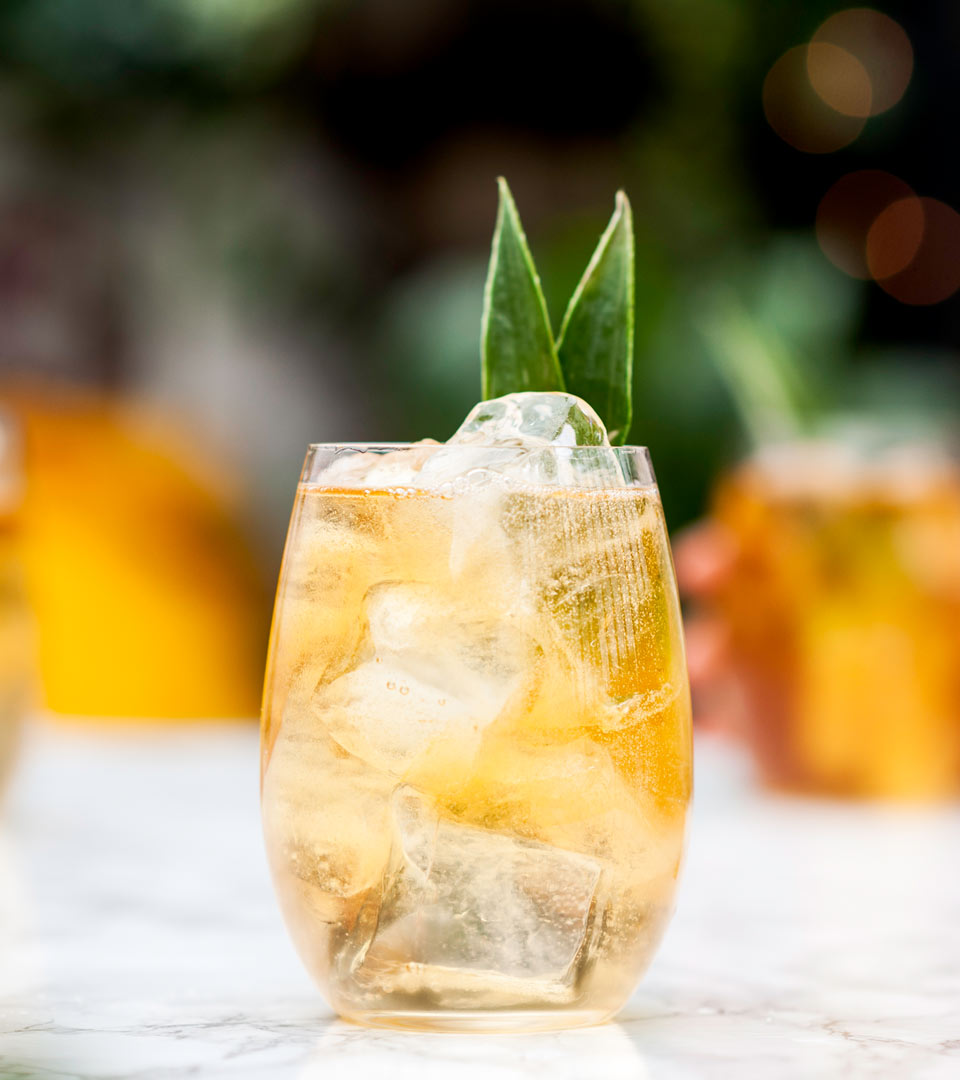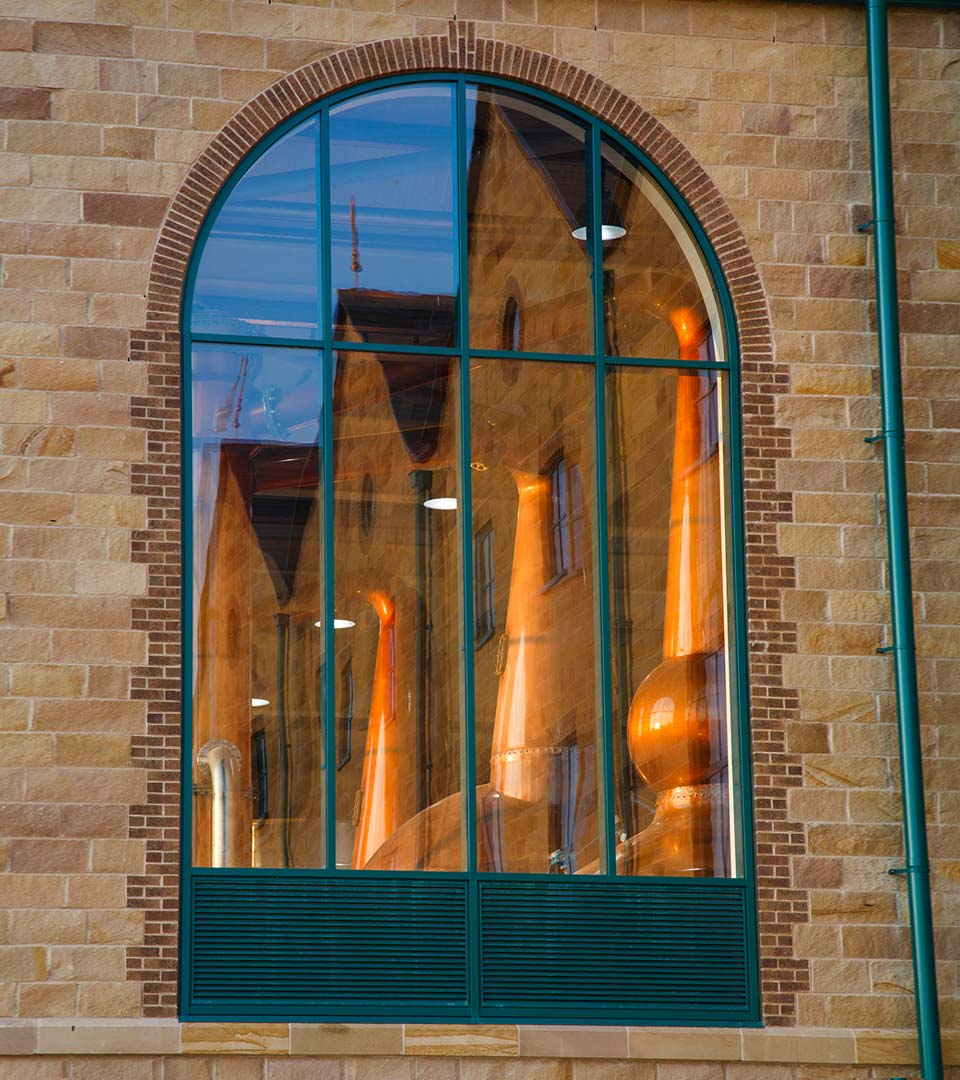Taste our hometown pride
Our whiskey is named from the town where we make it. We started distilling in Tullamore in 1829 and we’re still going strong. In our corner in the heart of Ireland, we don’t have a fancy resort, but we do have a world-class distillery where we make the world’s original triple-distilled, triple-cask-finished, triple-blended Irish whiskey. Our award-winning whiskey tastes so smooth and delicious, it has become the number two brand in the world.
BEING FROM A SMALL COMMUNITY IS OUR SUPERPOWER.
In Tullamore, everyone pretty much knows everyone. If you try to pretend you’re something you’re not, you can be certain someone will cut you down to size by reminding you of your worst haircut or the time you blew the football match. Sure, sometimes we get in each other’s business but we always have each other’s back. Knowing who we are helps us become who we want to be.
Remembering what matters keeps us from getting distracted by what doesn’t. Having strong roots helps us reach for the sky.
And we can’t help but think, if the whole world acted more like a little community, everyone might be tad happier, a bit kinder and better prepared to go after their biggest dreams. So, we have three words of humble advice for everyone (including ourselves) — Be More Tullamore.
OUR IRISH WOLFHOUND
Daniel E. Williams was a dog lover and he passed the love down to his family. When his grandson Desmond Williams took over, he wanted something other than the fancy shields and coats of arms typically used by whiskey brands, so he commissioned our original drawing of an Irish wolfhound. The wolfhound symbolizes the spirit of our whiskey and our hometown. We’re friendly, we’re loyal, yet when we’re on the hunt to make the best-tasting whiskey on the planet, we’re determined and unstoppable.
